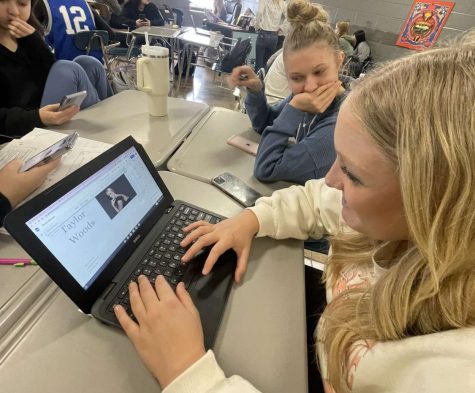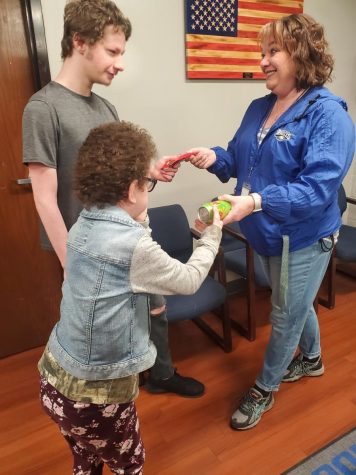An unhealthy convenience
America knows all too well the allure of the fast food industry. From McDonald’s to Burger King to Taco Bell, the “convenience food” has consumed America’s table, but has fast food moved even closer to our eager mouths?
In May of 2012, the company Beef Products Inc. was in the USDA limelight when a former USDA scientist released information about the “pink slime” that was becoming not only the fast food industry’s top pick, but also grocery stores’ around the nation. Quick to defend their states’ produce, governors of three different states defended Beef Products Inc., with Texas Gov. Rick Perry asking for everyone to make the term “pink slime” a thing of the past. Nevertheless, grocery stores everywhere pulled beef containing filler off their shelves, contributing to the closing of three of the four Beef Products Inc. plants.
According to claims made by ABC News, the secretive filler was, until recently, added to America’s fast food, school lunches, and 70 percent of ALL ground beef at grocery stores.
So how is this related to students today? Easily said; seven states this year have brought back in the “filled beef.” Originally, this was only meant for fast food, but now school lunches are essentially becoming fast food.
Bettina Siegel, a Houston mom, launched a change.org petition last spring to demand the USDA not purchase lean finely textured beef (another term for pink slime). With states starting to purchase it again, Siegel is worried about its comeback in schools, and rightly so. “The vast majority of kids participating in the school lunch program are economically dependent on those meals,” Siegel said. “They have no choice but to eat what they’re served, and I believe we can do better by them than serving them beef with LFTB. That’s why I started my petition in the first place.”
With very few healthier alternatives offered to what schools serve, students are left with the question: what can we eat?
So what can we eat? Graves County High School’s cafeteria offers salads, fruits, and vegetables. These options are the few healthy choices offered for economically dependent students. Students have the ability to bring in a more nutritious meal for both breakfast and lunch.
Kentucky has been affected by Michelle Obama’s campaign against child obesity with frequent changes to the breakfast and lunch menu. In August CBS featured an article on how school districts around the nation were reacting to the First Lady’s cuisine crusade. Even Kentucky scorned the changes, where one official “said students thought the healthy fare ‘tasted like vomit’.”
The new standard limits calories per meal to high school students at 850. Recently, Graves County Foods and Nutrition teacher Whitney Clark had her students pick out activities related to the 2004 American documentary Super Size Me. One activity required students to follow the school lunch menu for a week and find out the nutritional facts and/or the calorie count for each meal. When students completed the activity, they found the lunch meals, without a beverage, were most always over 850 calories.
With all these new standards and secret additives, fast food has become more than the storefront lined highways. It is has become something students and faculty consume every day through school lunches and what parents buy at grocery stores. The fast food industry is now not the only gruesome grub offered in America. It is closer to people, homes, and our ever-awaiting eager mouths.















